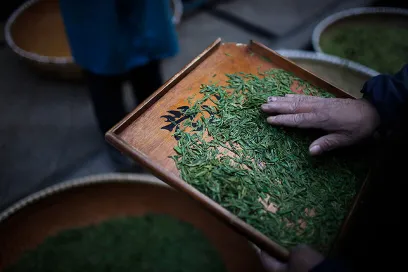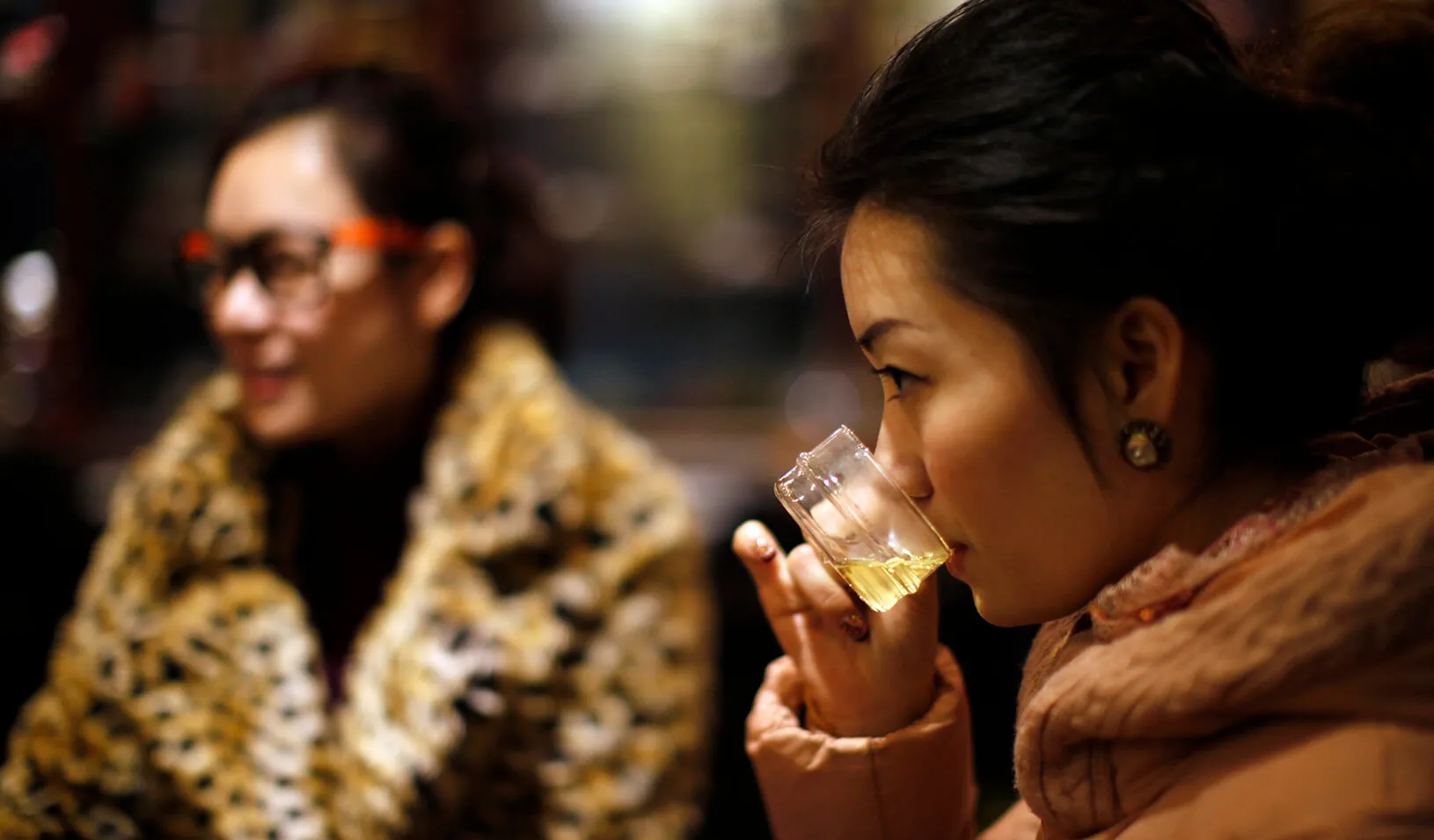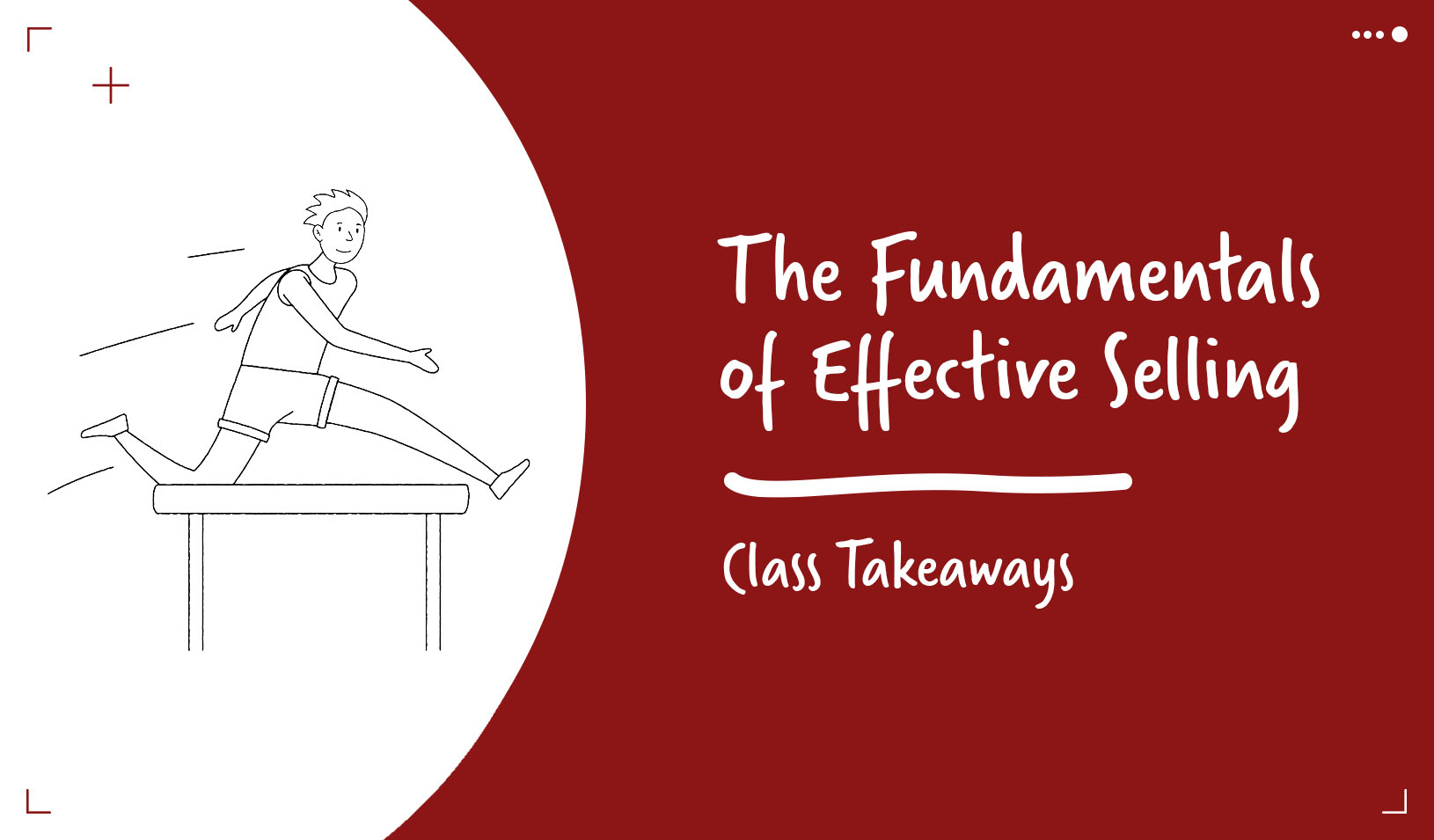It’s well established among marketing researchers that consumers in advanced economies often favor products that carry an air of authenticity. From Mexican food to fly-fishing rods to denim jeans, artisanal goods deemed “authentic” by consumers have a measurable advantage over their mass-produced counterparts.
But does that stamp of authenticity similarly influence purchasing decisions among shoppers in developing markets? And if it does, what kind of authenticity works best? Those are questions Glenn R. Carroll, a professor of organizational behavior at Stanford Graduate School of Business, recently tried to answer by running experiments on consumers in China.
Carroll’s interest in authenticity dates back to the 1980s, and it began with beer. His research has shown that many Americans prefer microbrewed beer to the mass-produced kind, and that they’re willing to pay more for it even when the craft beer is of demonstrably lower quality. “It wasn’t about the objective character of the product itself,” he says.
Carroll was in Hong Kong in the mid-1990s interviewing microbrewers when he first noted that not all consumers have the same views on authenticity. British and American expatriates were drinking craft beer, but the Chinese preferred beer that had been brewed in modern production facilities.
When he noticed that microbrews’ appeal didn’t apply to the Chinese marketplace, he wondered, “Is there any product in Asia that has the equivalent appeal of craft beer in the sense that people will search it out, hear the stories behind it, pay a lot of money, exult in the experience, and tell their friends about it — even if they can’t discriminate the taste characteristic compared to something else?”

Perhaps no product in China has a more institutionalized classification system than tea | Reuters/Aly Song
Expensive boutique tea shops in Hong Kong, Beijing, Shanghai, and Taipei provided him his Chinese version of American microbreweries. “Businessmen would come in wearing these fancy suits and they’d look at a menu with all kinds of esoteric tea,” he recalls. “The clerk would climb up the ladder to get the tea and they’d go through some ceremony before drinking it. They’d all go, ‘Ah, that’s the real thing.’ It was like somebody drinking an Anchor Steam.”
Authenticity’s Subdivisions
There are four kinds of authenticity attributions, Carroll says:
- Type: whether something meets the commonly accepted criteria for inclusion in a category, such as an authentic flamenco dance performance
- Craft: whether a producer uses the appropriate techniques and ingredients, such as in the making of an authentically constructed bamboo fly-fishing rod
- Moral: a sense of personal integrity and sincerity, such as an eco-friendly climbing gear company founded by an accomplished mountaineer
- Idiosyncratic: where there is a historical quirkiness to the product or place, such as a barbecue joint that opens only once a week and quickly runs out of food
In a recent study, Carroll returned to China to investigate how those different categories of authenticity compare in the ways they influence buying behaviors in two distinct market contexts: one in which a product already has a well-established classification system and one in which no such classification system yet exists.
Carroll and his coauthors (Mi Feng of 58.com and Kieran O’Connor of the University of Virginia — both of whom earned PhDs from Stanford GSB — along with Lihua Wang of San Francisco State University and Yuanqiong He of Huazhong University of Science and Technology) executed three experiments and one survey. In each, they asked students at Peking University and other participants to make decisions based on the descriptions of producers of fictitious, high-end green tea and leather handbags.
Like microbrewed beer, high-end handbags have “little social history” in China, the researchers write, while green tea is deeply embedded in the culture.
Participants received a separate story for each brand, written to emphasize one of the categories of authenticity: type, craft, moral, and idiosyncratic. For tea buyers, the descriptions were “similar to what can be found on menu cards in expensive hotels in China.”
“Home of the Local Tea God”
To highlight the moral authenticity of their handbags, for instance, the (fictitious) purse producer noted that all of their leather comes from cattle and sheep raised on organic farms and that “the production facility is entirely green powered, and all waste is recycled by local furniture manufacturers.”
To highlight type authenticity, they claimed that the company’s origins date back to the Ming dynasty and that their bags “feature the perfect balance between functionality and design.”
And for idiosyncratic authenticity, they had some fun: “The leather for each handbag is first cut and dried only on nights of full moons (the company’s founder insists that the lunar light is absorbed by all handbags). Each bag is also designed to have exactly 1,978 stitches, representing the year the founder’s first child was born.”
The researchers used similar claims for the fictitious tea companies:
Moral: “No fertilizers or preservatives are used in the tea farms.”
Type: “Tea leaves of Chen’s ‘Silver Needle’ are still picked from the same type of white tea trees that the Chen family has been cultivating for multiple generations.”
Craft: “Tea experts bake the sprouts in traditional outdoor ovens fueled by an open wood fire.”
Idiosyncratic: “The fresh sprouts are then dried for exactly seven days in a stone cave, which is believed to be the home of the local tea god. Only the oldest man in the Wang Village can finish the last step by tasting the first cup of tea and announcing it ‘Silver Needle.’”
Craft vs. Type
After seeing all of the descriptions, participants were then asked to express a preference. They were also asked which product seemed most authentic and whether they would be willing to pay above-average prices for it.
No actual products or pictures of products were shown to anyone, although participants were explicitly informed that all of the offerings were top-shelf.
As expected, the handbag shoppers favored the brands that emphasized craft authenticity. “It is hard to prefer type authenticity when there is not much of a widely recognized type,” the researchers write.
Tea shoppers, on the other hand, favored type authenticity, also as expected. This is because type authenticity “presupposes an institutionalized, taken-for-granted classification system,” and perhaps no product in China has a more institutionalized classification system than tea.
Such research, Carroll says, provides guidelines that go well beyond the old notion that “Chinese people like X and American people like Y.” It ultimately should affect how companies tell the stories of their products overseas — especially in China’s fast-developing consumer market, which is soon to be the world’s largest.
“As world economic power shifts east,” the researchers write, “it is important to gather consumer evidence from these countries and to reevaluate and update our knowledge.”
For media inquiries, visit the Newsroom.






